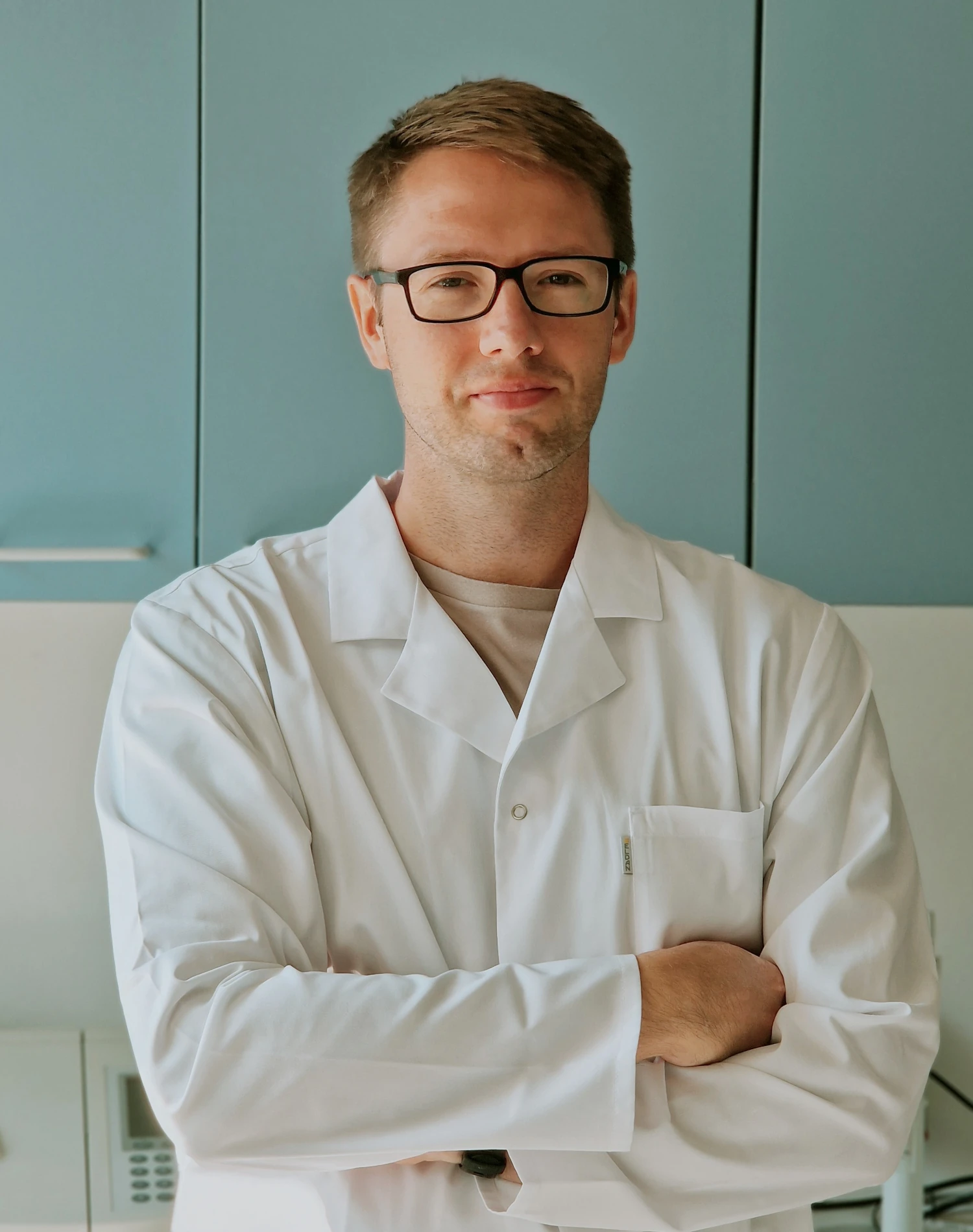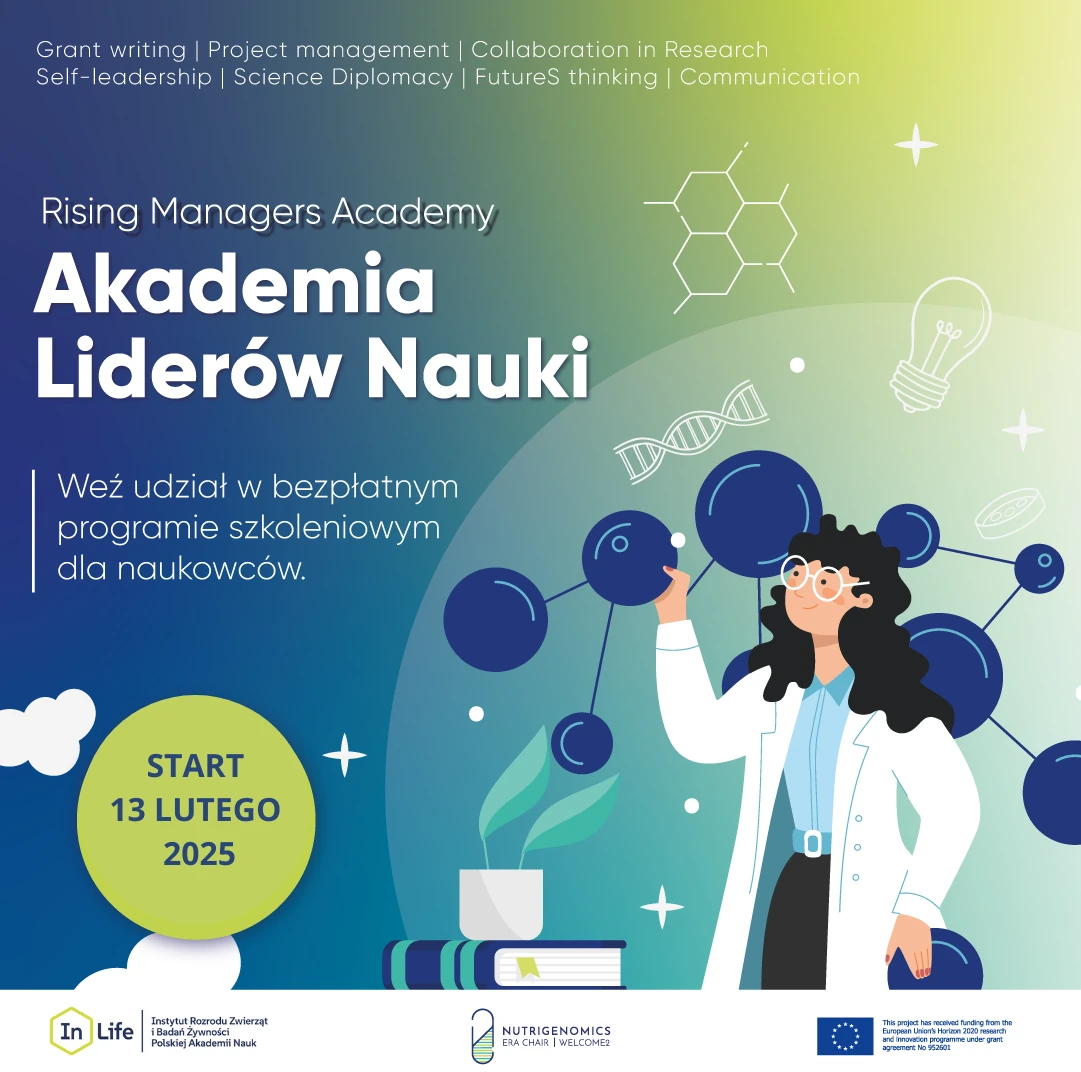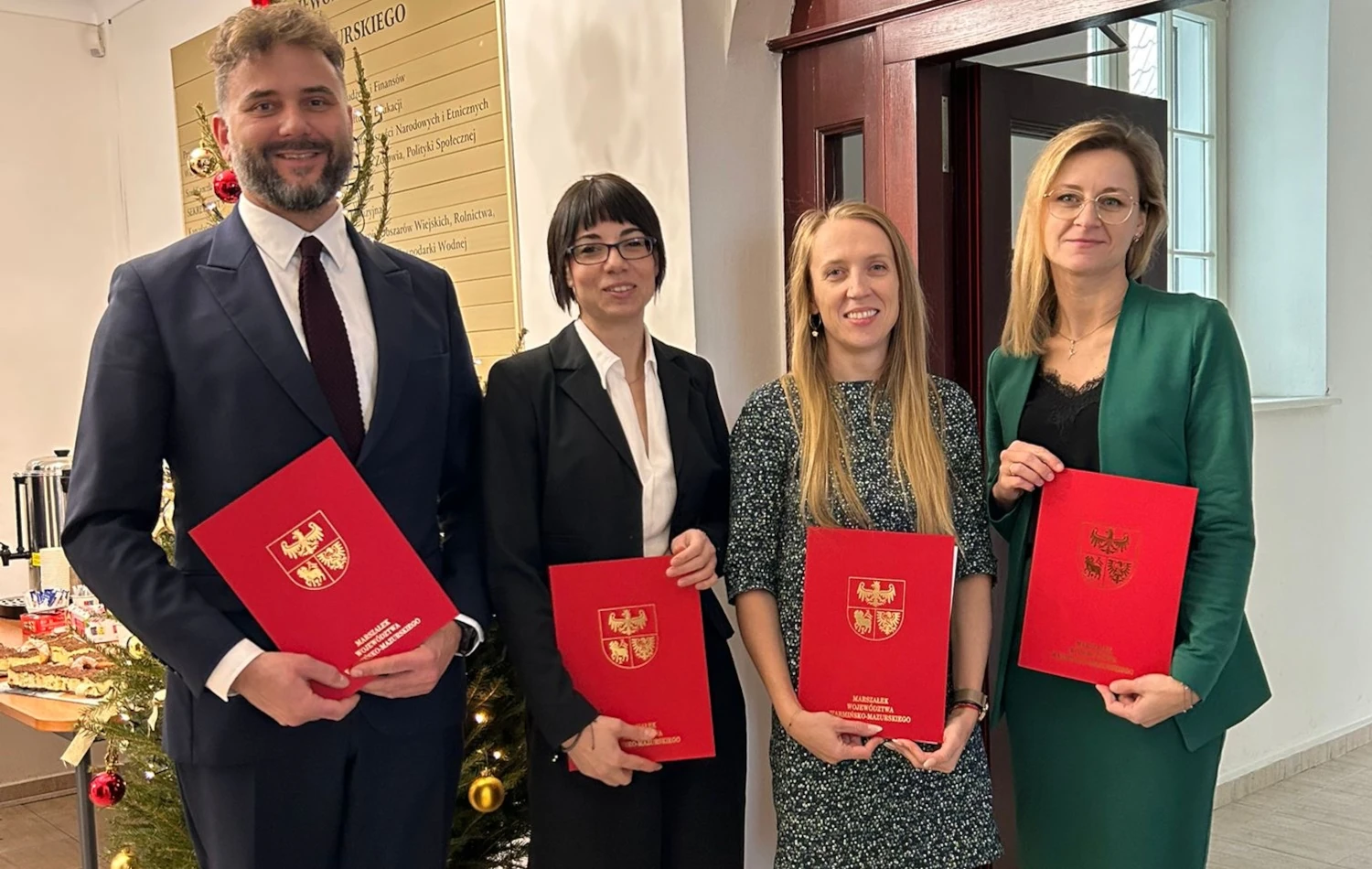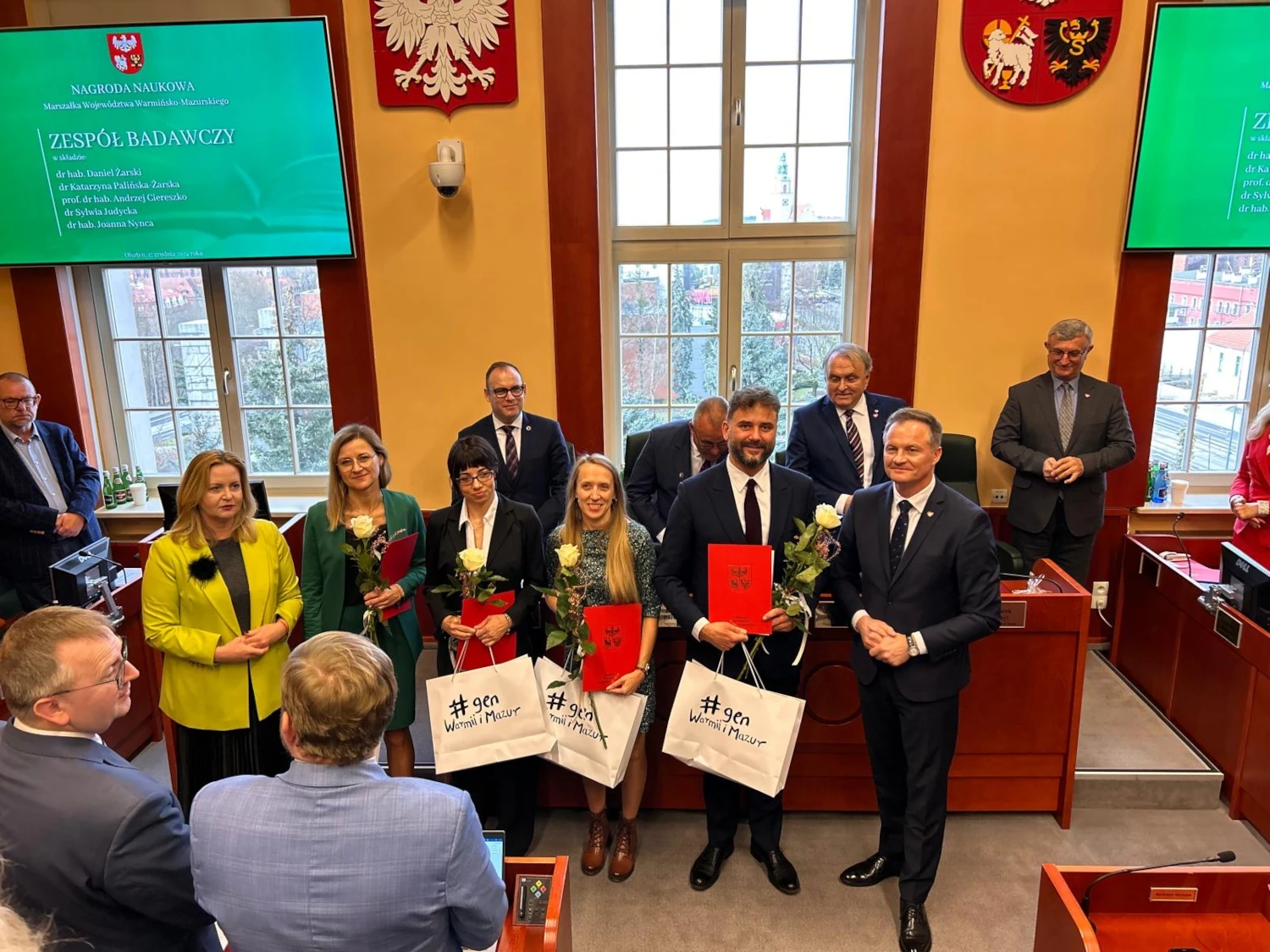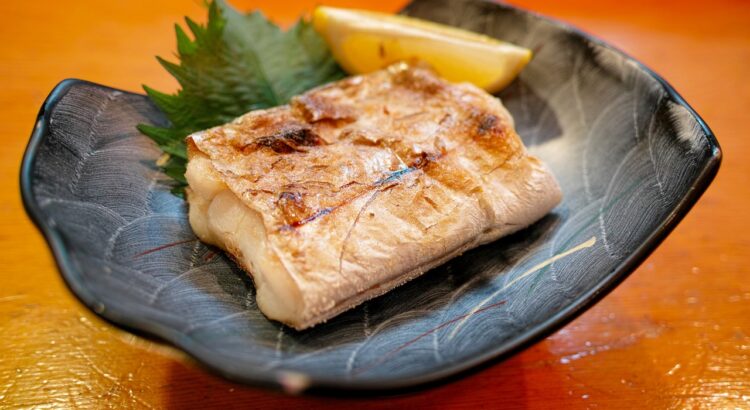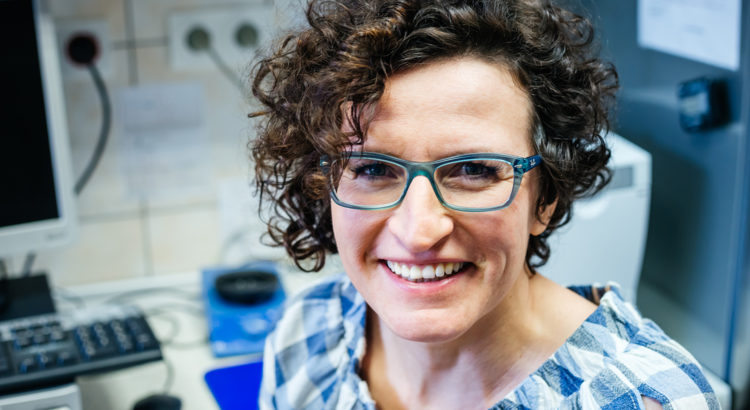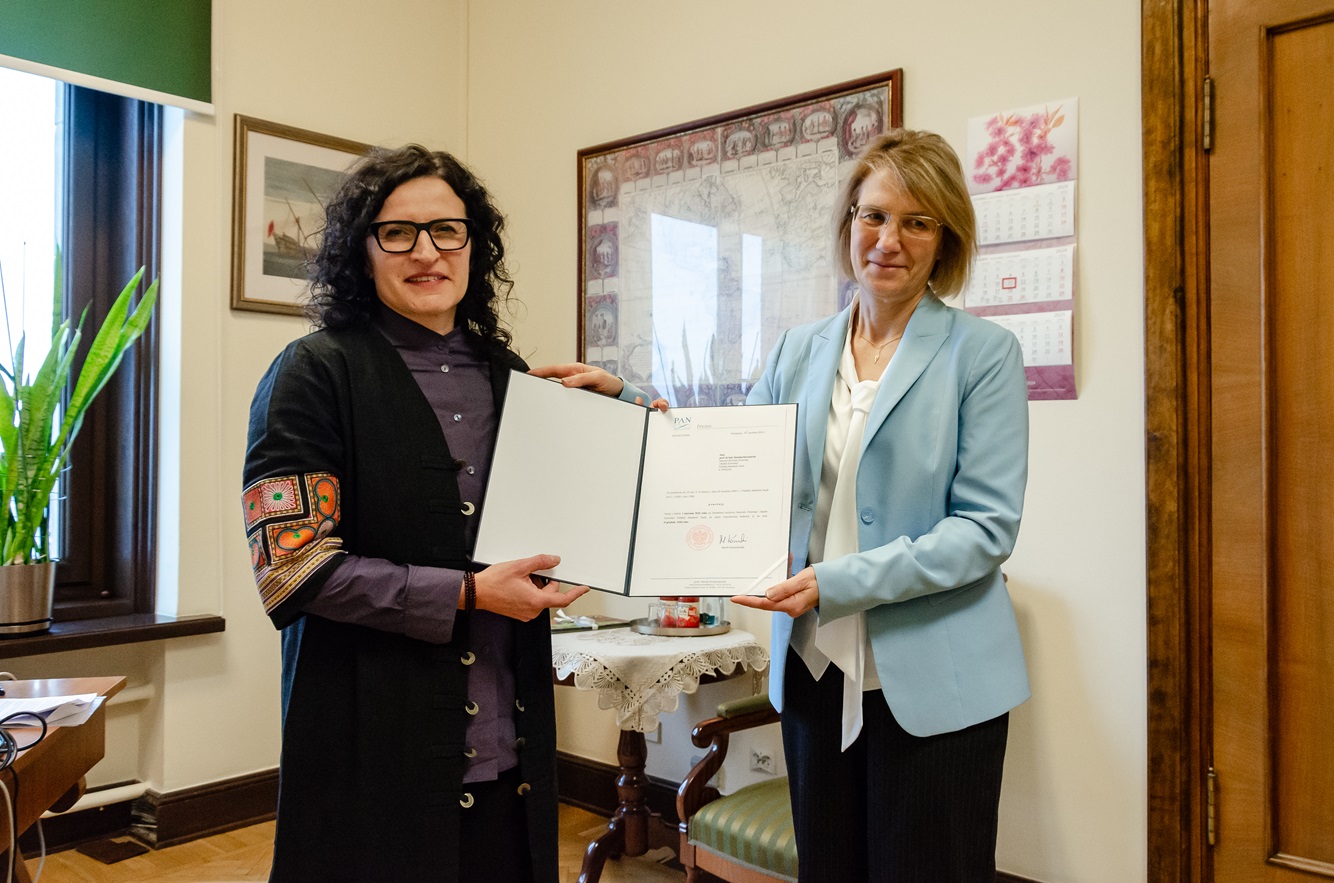Z myślą o swoim zdrowiu polscy konsumenci powinni spożywać więcej mięsa ryb, ponieważ zawiera ono wiele cennych składników odżywczych, odgrywających kluczową rolę w prawidłowym funkcjonowaniu organizmu człowieka – podkreślają naukowcy z Instytutu Rozrodu Zwierząt i Badań Żywności PAN w Olsztynie.
Dla uporządkowania wiedzy na temat ryb jako żywności, proponujemy przyjrzeć się popularnym faktom i mitom oraz uzasadnieniom, opartym na naukowych źródłach. Przewodnikami po tym temacie są: dr hab. inż. Radosław Kowalski oraz dr Marianna Raczyk.
FAKT 1.
Ryby odgrywają kluczową rolę w zdrowej diecie, dostarczając nie tylko wysokiej jakości białka, ale także wielu innych cennych składników odżywczych, które mają korzystny wpływ na prawidłowe funkcjonowanie organizmu człowieka.
Ryby zawierają w sobie m.in.:
- pełnowartościowe białko o wysokiej jakości (niezwykle wartościowy element diety, zwłaszcza dla osób dbających o budowę i regenerację mięśni oraz prawidłowe funkcjonowanie układu nerwowego),
- korzystny skład kwasów tłuszczowych (zwłaszcza tłuste gatunki morskie, takie jak łosoś, makrela czy sardynki, są bogate w wielonienasycone kwasy tłuszczowe (PUFA) jak np. kwasy omega-3, które odgrywają kluczową rolę w redukcji stanów zapalnych, wspierają zdrowie serca i mózgu oraz mogą przyczyniać się do obniżenia poziomu trójglicerydów i cholesterolu (LDL) we krwi,
- witaminy i minerały, które wspierają funkcjonowanie organizmu na wielu poziomach (m.in. witaminy A i D, z grupy B oraz minerały takie jak selen, fosfor, jod i wapń).
FAKT 2.
Wprowadzenie do diety ryb 2-3 razy w tygodniu stanowiłoby istotny element zbilansowanej diety i element profilaktyki zdrowotnej.
Z uwagi na wysoką zawartość białka, kwasów omega-3, selenu oraz jodu, ryby powinny być szczególnie ważnym elementem diety osób z chorobami tarczycy, takimi jak Hashimoto. Jod jest niezbędny do produkcji hormonów tarczycy, a kwasy omega-3 mogą pomagać w łagodzeniu stanów zapalnych, które są częstym objawem tej choroby.
Ponadto spożywanie ryb tłustych jest powiązane z obniżonym ryzykiem wystąpienia chorób sercowo-naczyniowych, co czyni ryby istotnym elementem profilaktyki zdrowotnej.
FAKT 3.
Mimo licznych korzyści zdrowotnych, spożycie ryb w Polsce pozostaje niskie.
Według danych Instytutu Ekonomiki Rolnictwa i Gospodarki Żywnościowej, od kilku lat spożycie ryb i owoców morza wynosi 12-14 kg na mieszkańca rocznie, co odpowiada średnio jednej porcji ryby na tydzień. Jednak jest to ilość znacznie niższa od zalecanej, która wynosi 2-3 porcji ryby na tydzień.
MIT 1.
Ryby są toksyczne, pełne antybiotyków i zawierają w sobie szkodliwe zanieczyszczenia, dlatego nie należy ich jeść.
Przede wszystkim trzeba jasno powiedzieć, że nie ma ryb niezdrowych dla ludzi (z wyjątkiem tych trujących). Są natomiast ryby mniej lub bardziej korzystne dla zdrowia. Tak samo zdarzają się ryby mniej lub bardziej zanieczyszczone.
Warto jednak zrozumieć, że to nie same ryby są takie z natury – to środowisko, w którym żyją określa ich właściwości. A to środowisko jest w dużej mierze kształtowane przez działalność człowieka. Dlatego nie powinno się uogólniać, że dany gatunek ryby jest np. nośnikiem dioksyn; raczej powinno się mówić o rybach z określonych siedlisk.
Dane naukowe wskazują, że nawet ryby, które zawierają w sobie pewne ilości rtęci czy dioksyn, przy takich ilościach, jakie średnio są spożywane w Polsce, wciąż mogą być wartościowym i bezpiecznym elementem diety.
Takim przykładem może być panga pochodząca z doliny Mekongu w Chinach, wokół jakości której w przeszłości pojawiały się obawy. Faktycznie, raporty sprzed lat wskazywały na obecność w mięsie pangi substancji takich jak antybiotyki, związki chemiczne, a nawet metale ciężkie. Jednak nacisk ze strony zagranicznych importerów przyniósł skutek, a standardy hodowli istotnie się poprawiły. Obecnie, według najnowszych badań, można zjeść aż ponad 20 kg w ciągu tygodnia mięsa tej ryby bez narażenia się na negatywny wpływ jakichkolwiek zanieczyszczeń znajdujących się w tej rybie.
MIT 2.
Ryby modyfikowane genetycznie stanowią zagrożenie dla naszego zdrowia.
Obecnie w USA i Kanadzie dopuszczono do sprzedaży łososia atlantyckiego zmodyfikowanego genetycznie (GMO), choć w Europie nie można go sprzedać ani kupić.
Warto jednak zrozumieć, czym jest modyfikacja genetyczna w przypadku ryb. Najczęściej dotyczy ona „tylko” przeniesienia DNA kodującego pożądane białko (na przykład hormon wzrostu) z jednego gatunku do drugiego. W rybactwie stosuje się też triploidyzację – na rzecz sterylizacji ryb i poprawy ich przyrostów. Są to zabiegi identyczne, jak stosowane chociażby w produkcji bananów (wszystkie dostępne w sklepach banany są triploidalne). Te zmiany nie powodują jednak mutacji, które mogą mieć jakikolwiek wpływ na zdrowie spożywających ryby ludzi.
Mimo to, w społeczeństwie panuje niechęć do produktów modyfikowanych genetycznie. Dlatego w nauce rozwija się również alternatywa dla tworzenia gatunków GMO, jaką jest krzyżowanie międzygatunkowe, dzięki czemu uzyskuje się odmiany o nowych, pośrednich pomiędzy wyjściowymi gatunkami, cechach.
Przykładem polskich badań w tym kierunku jest pstrąg wielkopolski, czyli krzyżówka samca pstrąga źródlanego z samicą pstrąga tęczowego. Jest ona cenna dla hodowców, ponieważ jest odporna na dziesiątkującego hodowle pstrąga tęczowego wirusa VHS, a ponadto jest sterylna (triploidalna), co sprawia, że w razie ucieczki z hodowli, nie będzie stanowić długotrwałego zagrożenia dla bioróżnorodności wód otwartych (bo nie będzie się rozmnażać).
—
Tekst powstał na podstawie artykułu pt. „Ryby jako żywność – fakty i mity” autorstwa: Radosława Kajetana Kowalskiego, Marianny Raczyk, Anny Grygier oraz Katarzyny Polanowskiej, który ukazał się w numerze 4. Przeglądu Rybackiego z 2024 r.
Czytaj więcej
